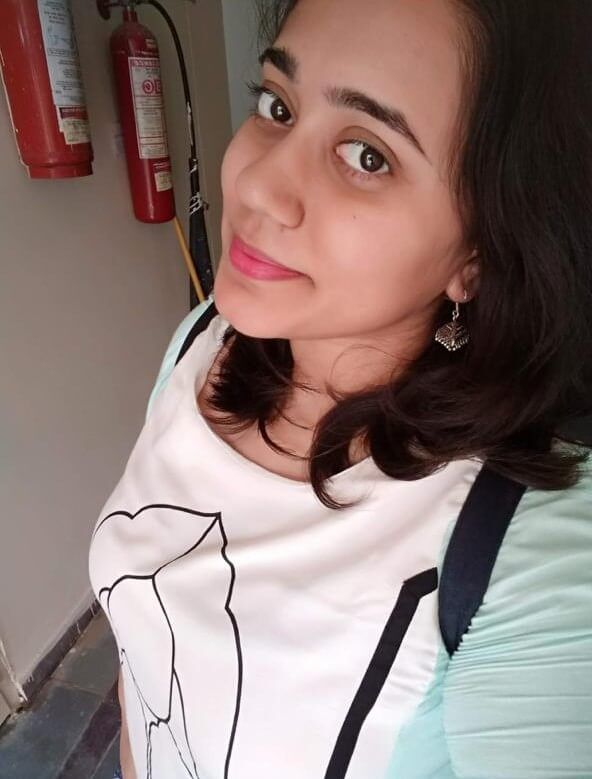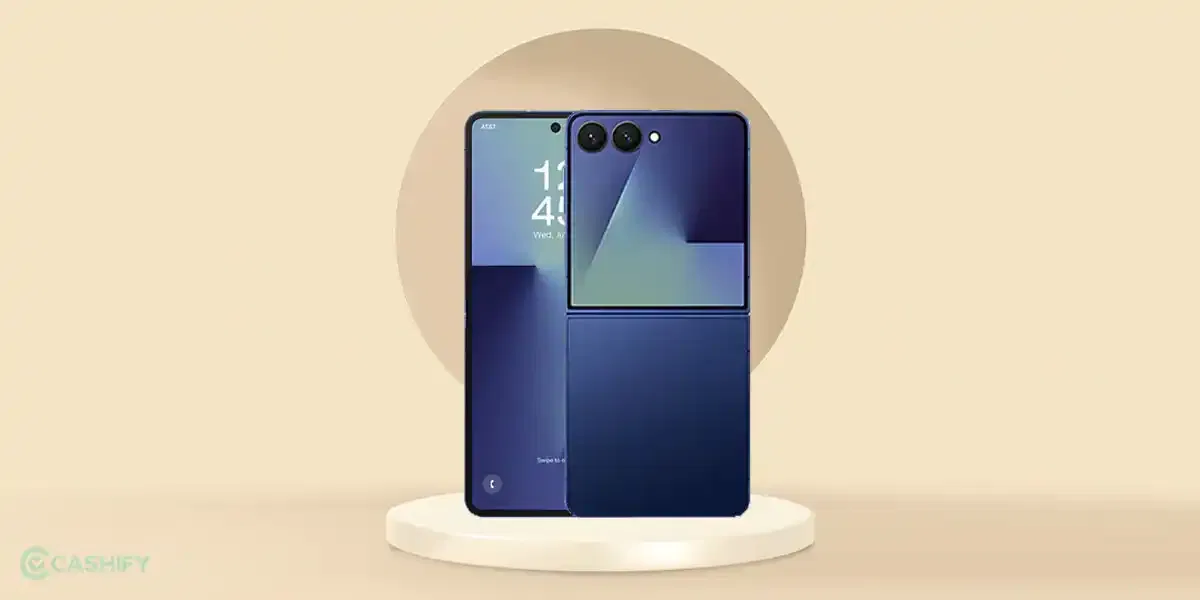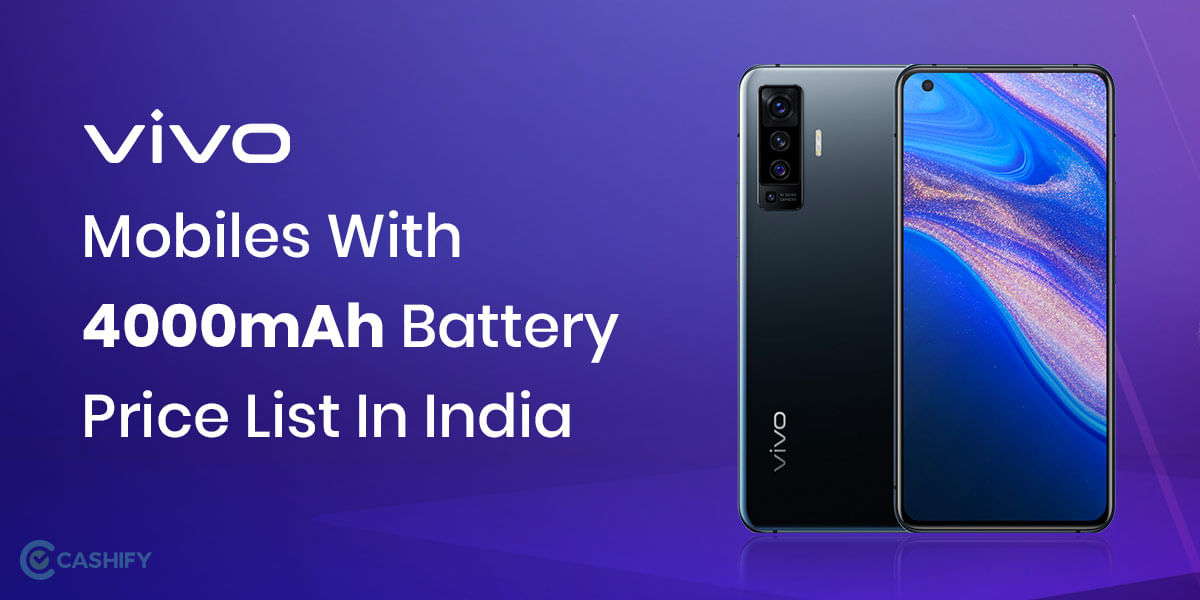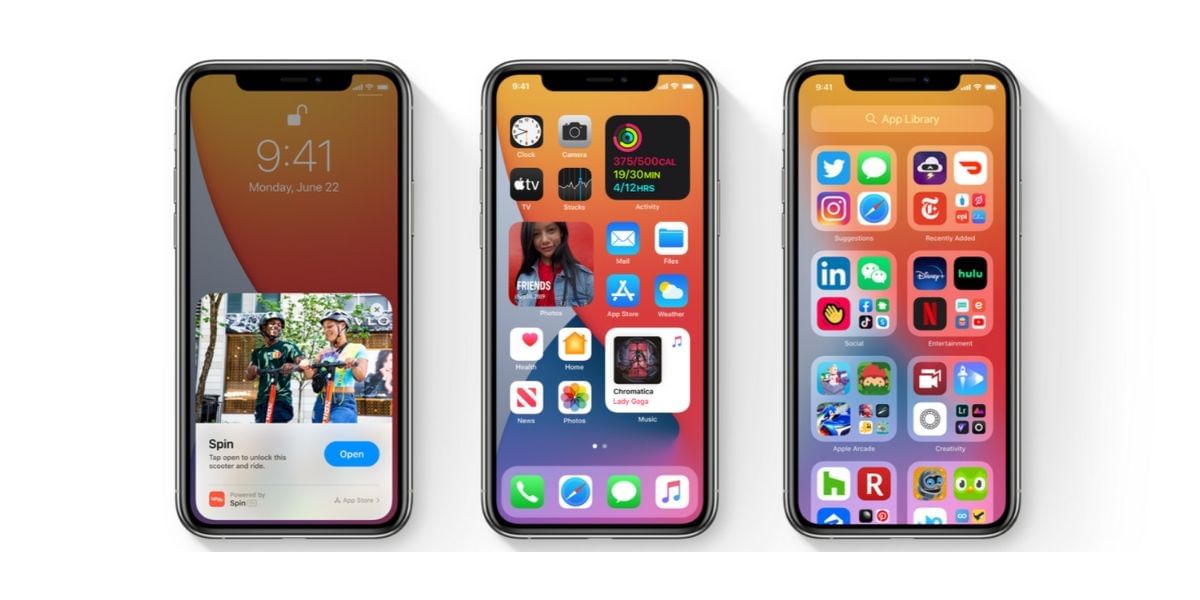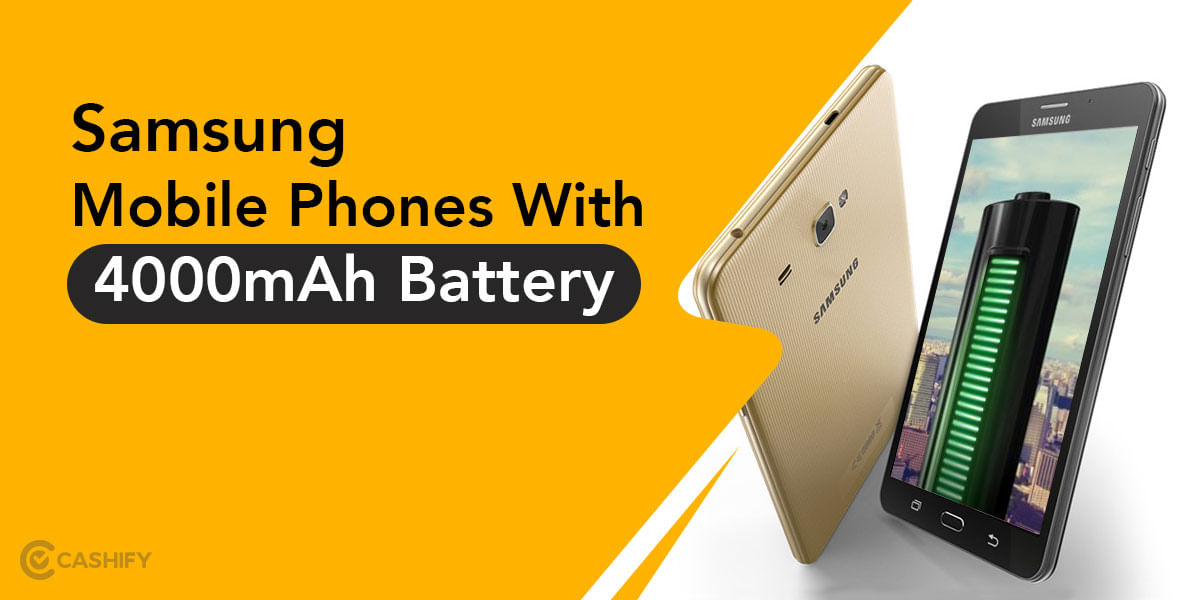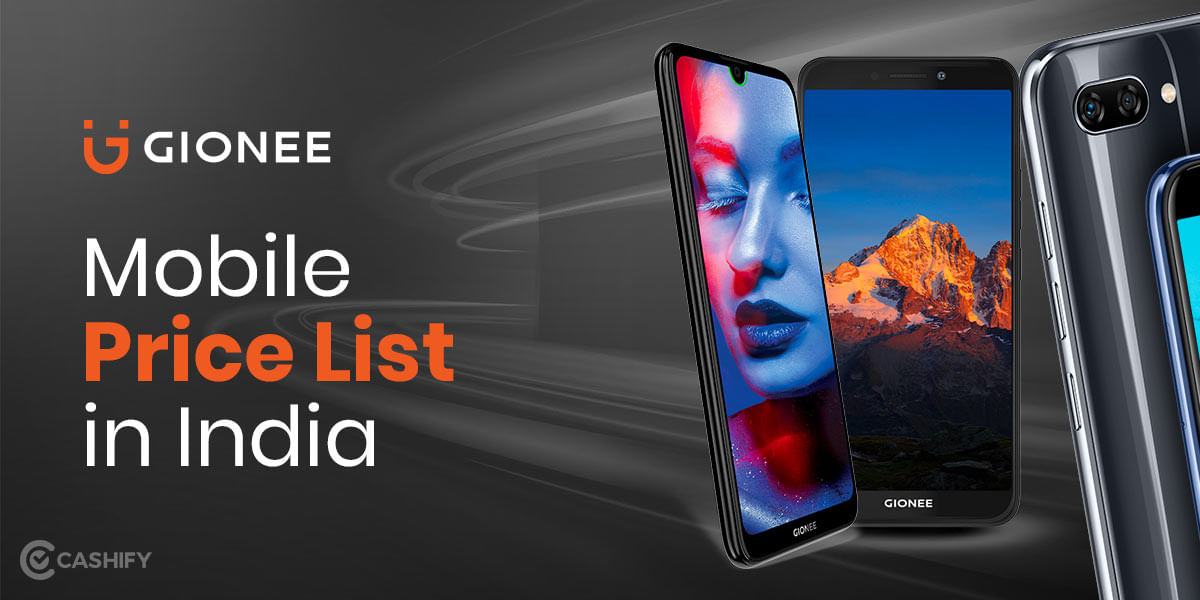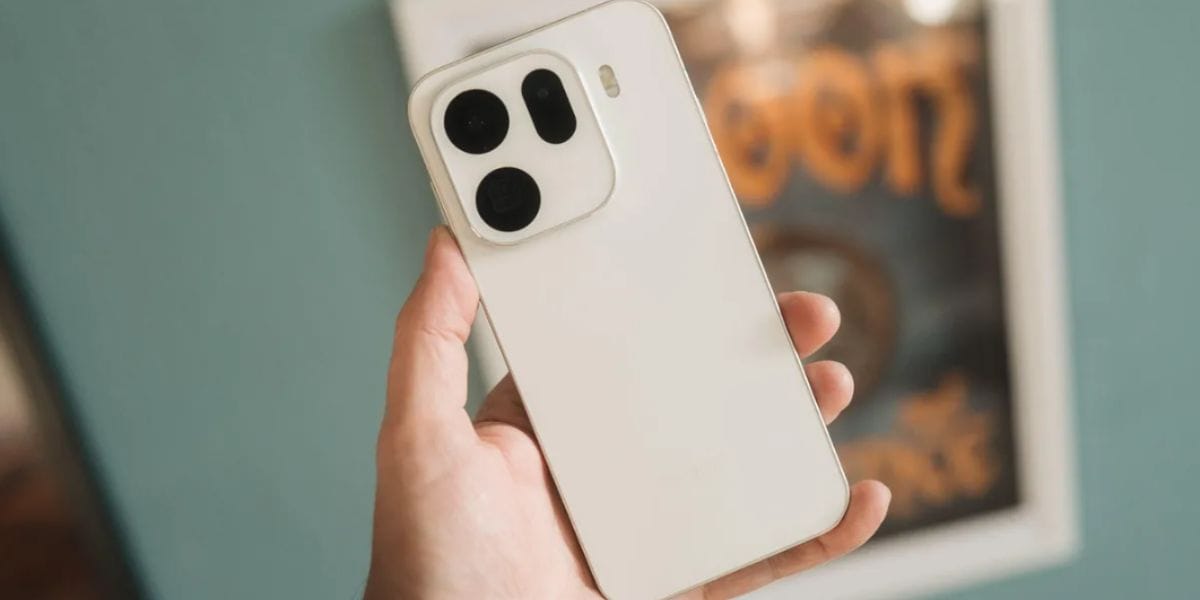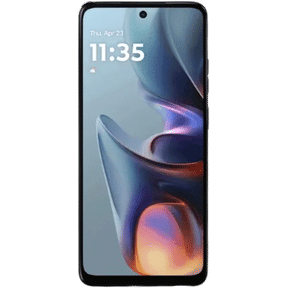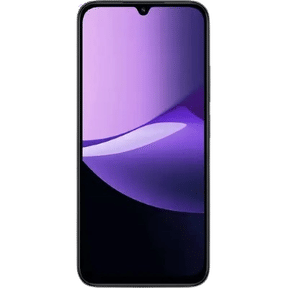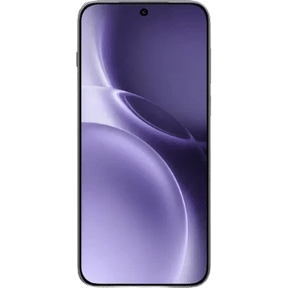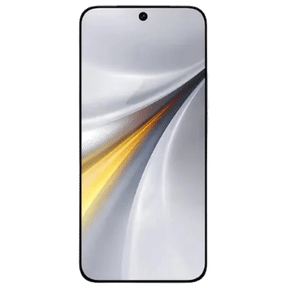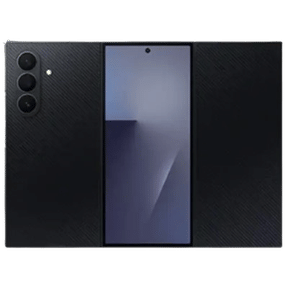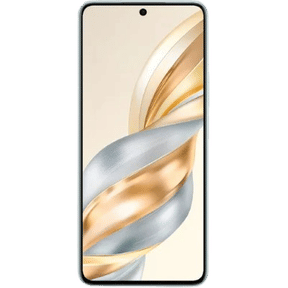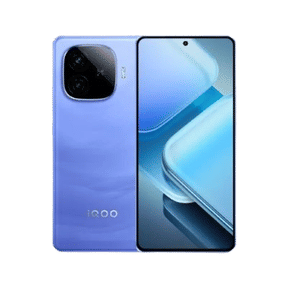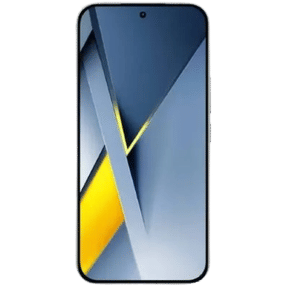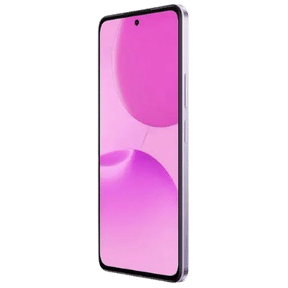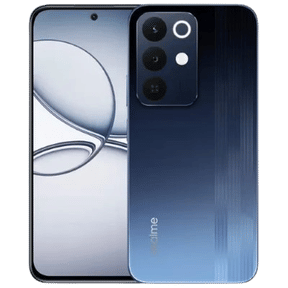Scientists have developed a novel technology for a CRISPR-based COVID-19 diagnostic test. It uses a smartphone camera to provide accurate results in under 30 minutes. According to the research published in the journal Cell, the new diagnostic test can not only generate a positive or negative result. Moreover, it also measures the viral load — the concentration of virus — in a given sample.
Also Read: Rumors: iPhone 13 Might Not Have Any Ports At All
All CRISPR diagnostics to date requires the viral RNA to convert to DNA. In addition, it needs to be amplified before it can be detected, adding time and complexity, the researchers said.
In contrast, the new approach skips all the conversion and amplification steps. It is using CRISPR to directly detect the viral RNA, they said.
“One reason we are excited about CRISPR-based diagnostics is the potential for quick, accurate results at the point of need,” said Jennifer Doudna, a senior investigator at Gladstone Institutes in the US.
Also Read: Micromax Teases “In” Series Design Ahead Of Launch
“This is especially helpful in places with limited access to testing, or when frequent, rapid testing is needed. It could eliminate a lot of the bottlenecks we’ve seen with COVID-19,” Doudna said.
Moreover, he won the 2020 Nobel Prize in Chemistry for co-discovering CRISPR-Cas genome editing, the technology that underlies this work.
How does the test work?
In the new test, the Cas13 protein combines with a reporter molecule that becomes fluorescent when cut. Subsequently, it is then mixing with a patient sample from a nasal swab, the researchers said.
The sample is placed in a device that attaches to a smartphone. If the sample contains RNA from SARS-CoV-2, Cas13 will be activated. This will cut the reporter molecule, causing the emission of a fluorescent signal, they said.
Also Read: OnePlus 8T Cyberpunk 2077 Edition Launched
The smartphone camera essentially converts into a microscope, will detect the fluorescence. Additionally, it will then report that a swab tested positive for the virus, according to the researchers.
It can also adapt to a variety of mobile phones, making the technology easily accessible.
Also Read: WhatsApp Allegedly Working On New Features Like Read Later, Mute Video
When the scientists tested their device using patient samples, they confirmed that it could provide a very fast turnaround time of results for samples with clinically relevant viral loads.
The research found that the device accurately detected a set of positive samples in under 5 minutes.
For samples with a low viral load, the researchers said, the device required up to 30 minutes to distinguish it from a negative test.
Also read: Top 10 Mobile Phones



